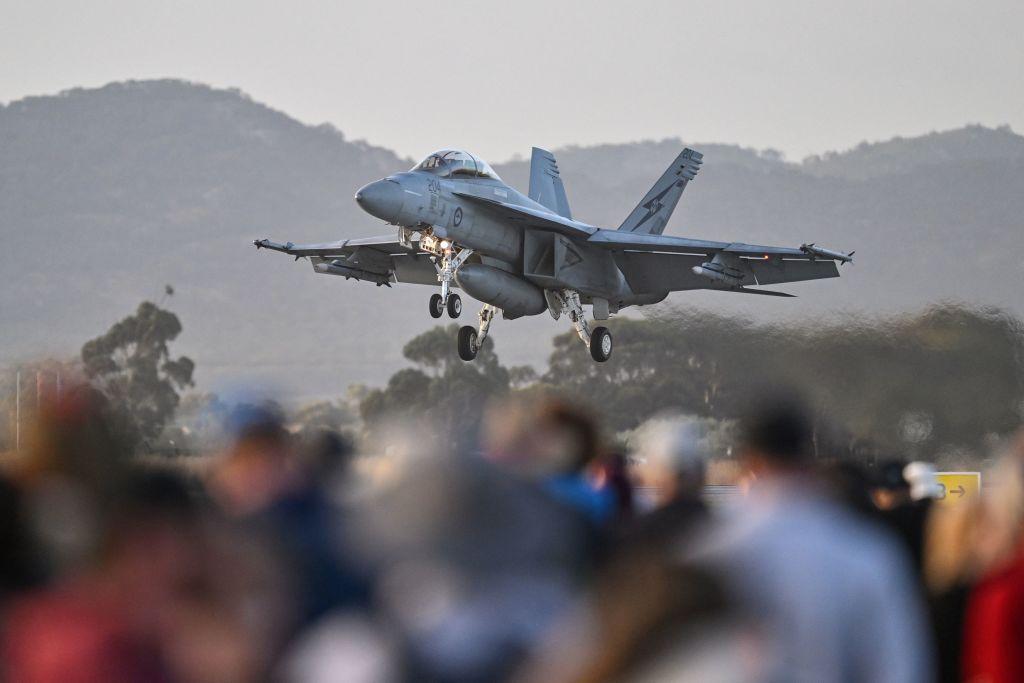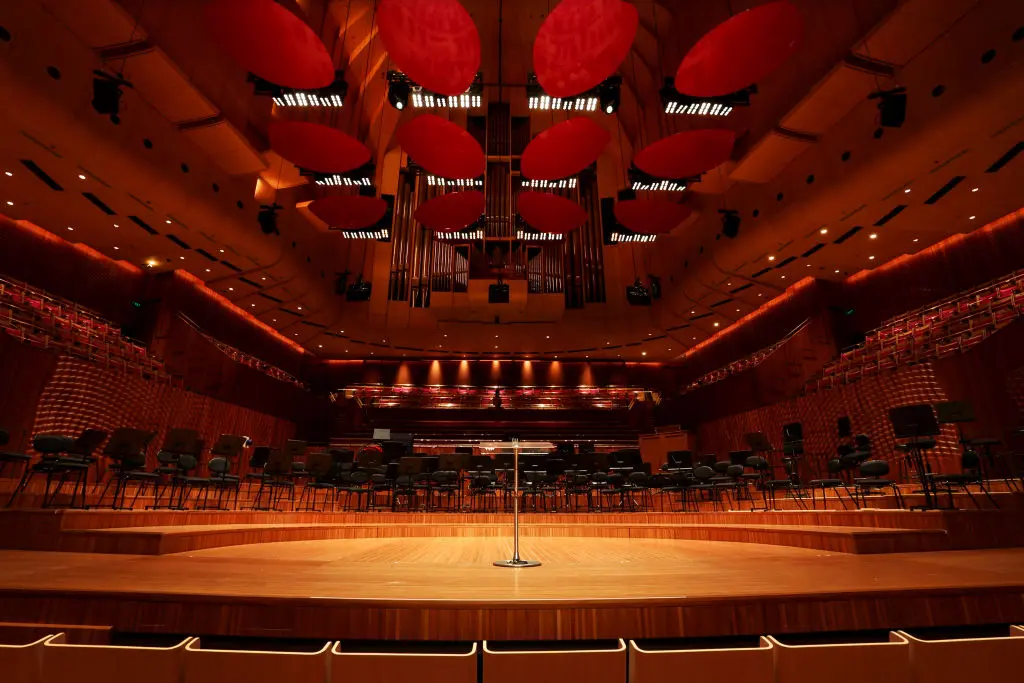The Labor government has pledged $3.8 billion (US$2.5 billion) for upgrades to military bases across Australia’s north as part of a steady build-up to deal with potential conflict in the region.
The announcement follows an earlier pledge in 2021 to upgrade four military training facilities in the Northern Territory.





